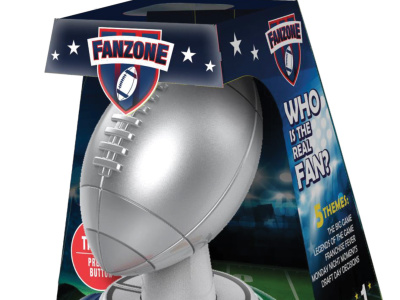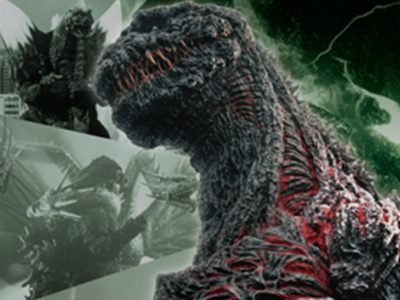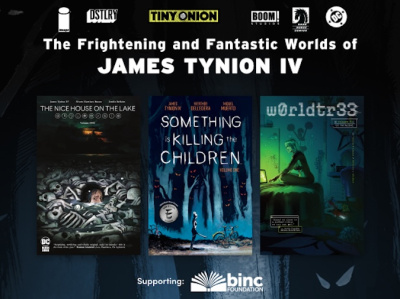1993 was a momentous year for pop culture products, with huge trends swirling in the comic, game, and card worlds. A raft of new superhero launches at San Diego, the launch of the first collectible card game at GenCon, anime on Laserdisc, and lots of non-sports trading cards made up the landscape ten years ago this month, in the September 1993 issue of Internal Correspondence, ICv2's print predecessor.
Our article on the San Diego Comic Convention and Expo noted that there was a big jump in attendance, from 21,000 to 27, 000. The Image booth had moved to the back of the hall to eliminate the congestion associated with its 1992 incarnation, and DC was premiering its new mega-booth (still in use this year at
A number of new publishers were at the show for the first time: Magestic, Defiant, and Bongo. The 'World According to Griepp' column took note of the number of new superhero titles, and had this to say about the condition of the market:. 'The accumulated weight of the superhero comics is starting to be oppressive. There are too many new companies, too many new titles from existing companies, and too many more titles from both coming down the pike for the market to successfully absorb all of them.' The collapse of the comic market, foreshadowed a few months before (see 'Comic Bubble, Deal Craze, Foreshadowing the Crash'), had begun.
On the creative front, Dark Horse and DC were on top, with ten and nine Eisner Awards apiece. Dark Horse won big for Frank Miller's Sin City (three awards) and Baron and Rude's Nexus: the Origins (three). DC's top property was Neil Gaiman's Sandman, which accounted for four of its awards.
There were three winners of the Will Eisner Spirit of Comics retailer award that year -- Comic Relief in Berkeley, Moondog's in Chicago, The Beguiling in
Non-sport trading cards were huge, with oversized Sandman, Creator's Universe (based on creator-owned comic properties), Bongo Comics, Coca Cola, Richard Corben, Vargas, William Shatner's Tek World, and Star Trek all announced as upcoming card series in that issue of Internal Corresondence.
In the anime world, laserdiscs were hot, and Urotsukidoji I and II, The Ultimate Teacher, and 3 X 3 Eyes were all coming out. The top title in the Video Top 20 was Battle Angel; half of the top video titles were anime.
The GenCon report had a particularly important bit of news coverage. After noting the TSR castle, FASA's Earthdawn temple, and the hearse at the White Wolf booth (the Vampire RPG was red-hot), we noted the real hit of the show: 'But for the biggest continual crowd, you had to go to the Wizards of the Coast booth, where the new trading-card game Magic: The Gathering was the hit of the show. Simply everyone was playing this hot new game where the most powerful cards are also the most collectible.'
There was also a blast from the past in that issue, as the World According to Griepp column described a meeting with Ed Shukin, then of Harvey Comics:
It was great to see Ed Shukin, currently of Harvey Comics, at the show. Ed was Circulation Director of Marvel Comics when a
This year's San Diego Comic-con drew over 70,000 people (see 'San Diego Attendance Tops 70,000'), 2-3 times the size of the show Ed Shukin was describing with that quote.







